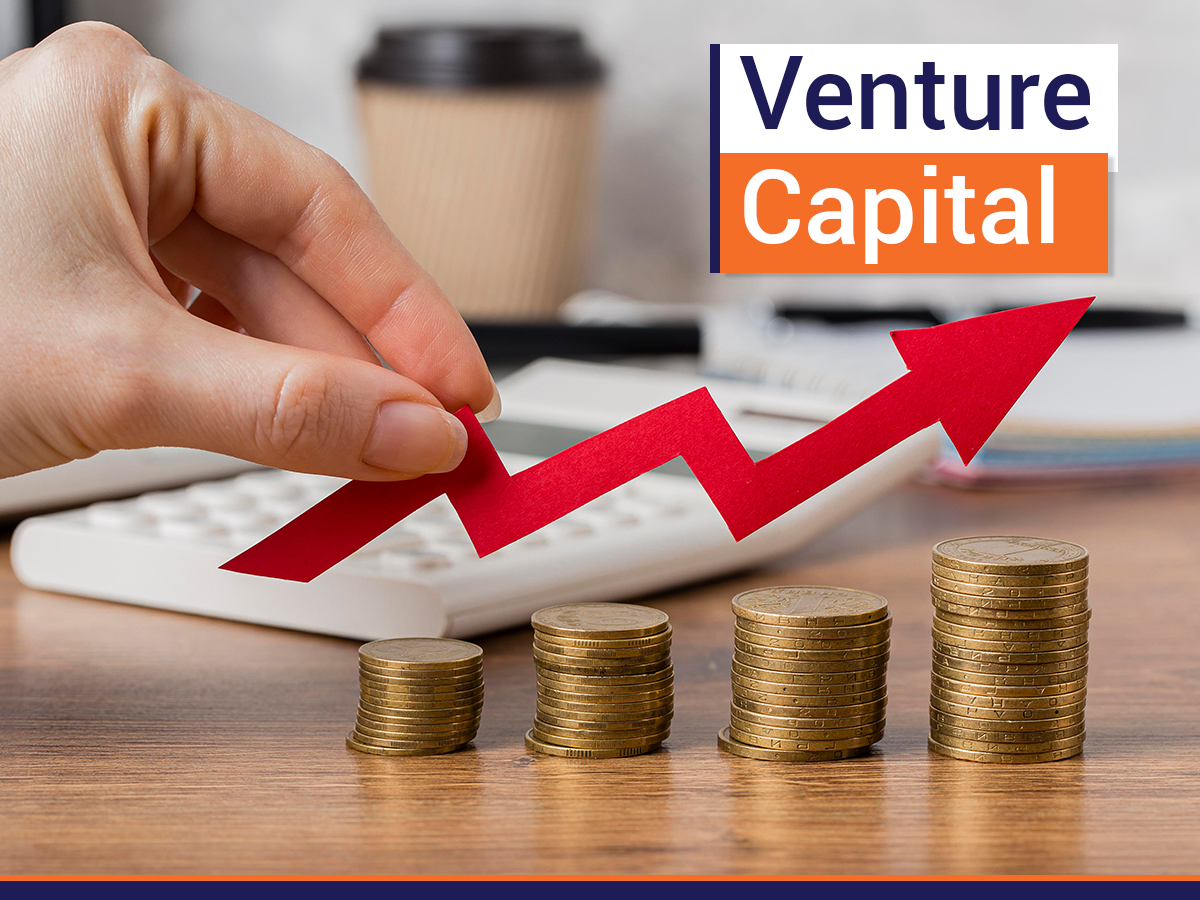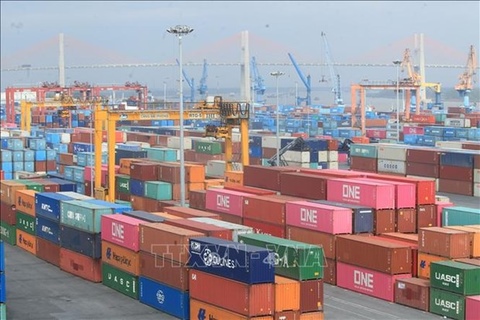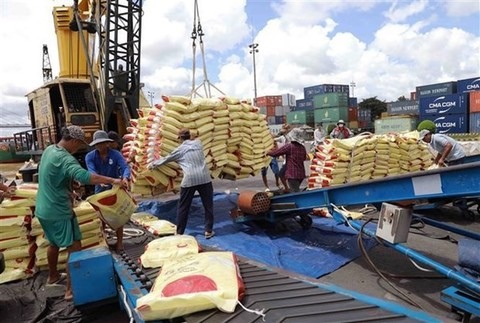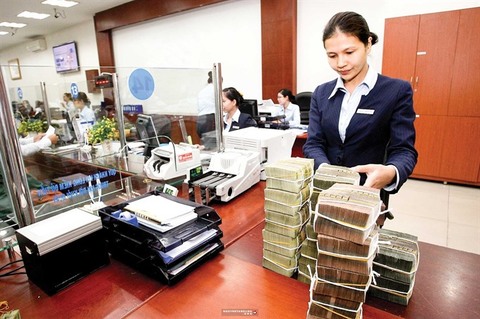Vietnam's integration efforts on faster track with CPTPP
Vietnam's integration efforts on faster track with CPTPP
Economist Vo Tri Thanh, former deputy director of the Central Institute for Economic Management (CIEM), said that the Comprehensive and Progressive Agreement for Trans-Pacific Partnership (CPTPP) will change the “integration battle” in Vietnam in the coming years.
As expected, the CPTPP will take effect on December 30, after Australia became the sixth member to officially approve the CPTPP, after Japan, Mexico, Singapore, New Zealand, and Canada. As one of the experts who followed the progress of this agreement, what can you say at this point?
After the predictions and calculations of positive impacts on Vietnam, it is time for us to actualise these impacts, and, of course, tackle the challenges.
However, it is important to note that the integration of Vietnam has turned on a faster track, after nearly two years of slowness due to the US’ withdrawal from the Trans-Pacific Partnership Agreement (TPP) and the slow progress on the Vietnam-EU Free Trade Agreement (EVFTA).
Besides, the EVFTA may be signed in the first half of 2019 and will come into force shortly thereafter, possibly sooner than the EU-Vietnam Investment Protection Agreement due to the different approval form.
Admittedly, at the end of 2015 when the TPP and the EVFTA were actively promoted, there were no protectionist trends, which allowed the Regional Comprehensive Economic Partnership (RCEP) to be kicked off. While the circumstances are not as conducive, we are approaching historical achievements.
What do you think Vietnam stands to gain from the CPTPP and how do these gains measure up vis-a-vis other parties to the accord?
While Vietnam can expect to benefit from trade and earn profit from exports, growth may not be so much when it comes to members who have signed bilateral or multilateral trade agreements with Vietnam.
With Canada, on the other hand, it may have a positive impact, as it is the second largest market in the CPTPP and has no bilateral trade agreement with Vietnam yet. Canada committed to cut 94.9 per cent of total import tariff, equivalent to 77.9 per cent of imports from Vietnam.
Mexico and Peru are the same, as their export and import structure is complementary rather than competitive with Vietnam.
Investment flows are difficult to predict, because the world economy is quite uncertain and is forecasted to produce no positive growth in the next year. A breakthrough in FDI inflows to Vietnam depends on the absorption capacity of the economy and the ways we call for quality investment in stable high-tech projects.
Moreover, although the US-China trade war is boosting the China Plus One strategy [encouraging companies that have already invested in China, to branch out by opening production facilities in other Asian countries, including Vietnam, Indonesia, Thailand or Myanmar], the world is still unpredictable.
What I want to emphasise at this time is the impact on Vietnam's reform and restructuring plans. We must not give up this battle and need to minimise the disadvantages by continuing reforms.
The CPTPP is regarded as a new-generation, high-quality trade agreement because it not only addresses traditional areas such as tariff reductions for goods, opening the services market, or intellectual property, but also deals with new non-traditional issues, such as labour, environment, state-owned enterprises, and government procurement.
After being ratified by the National Assembly, will the CPTPP be able to promote Vietnam's restructuring plans?
The CPTPP’s effects on economic restructuring or the renewal of Vietnam’s growth model can be seen through the institutions, the business environment, and the requirements for further change. But it cannot be said that these requirements will immediately impact the institutional and business environment.
From a specialist perspective, what can you recommend to the government?
I have three recommendations.
The first point is to take advantage of the new opportunities when the CPTPP takes effect, because in the current context, the need to diversify the market is imperative for businesses. This is also a way we can limit the risks and uncertainties of trade war and protectionism, which means the government needs to create mechanisms and policies to facilitate enterprises’ search for new markets.
The second point is taking advantage of institutional reform and policies to make Vietnam's growth and development more effective. This is also what we are looking forward to promote and to create a favourable business environment, as well as reduce risks and costs for businesses and investors. However, businesses will also face fierce competition, with new standards and new requirements.
The third point is, in the long run, these commitments must be implemented in the overall restructuring of the economy.









